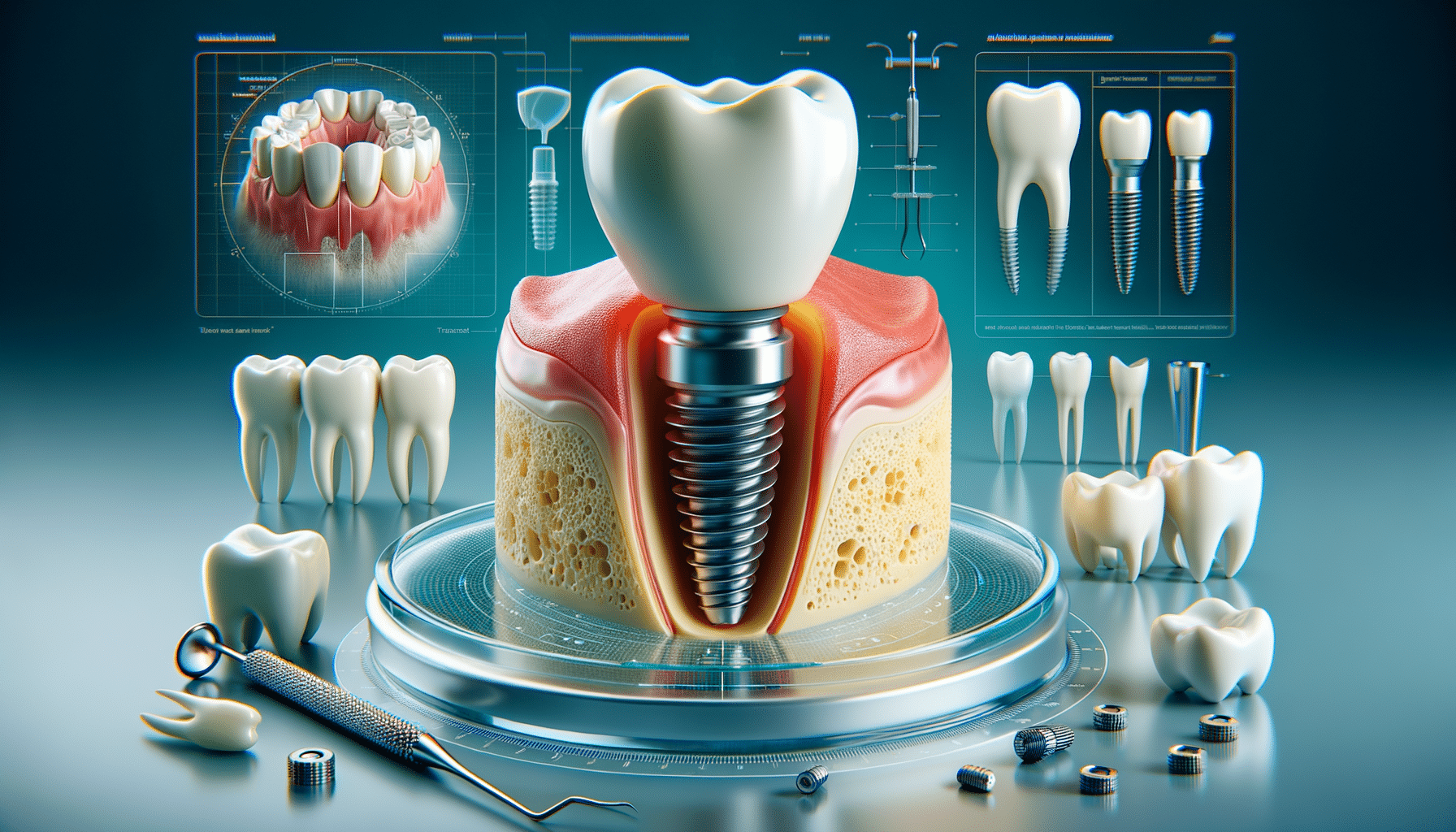
Understanding Dental Implants: A Comprehensive Guide
Introduction to Dental Implants
Dental implants have revolutionized the field of dentistry, offering a reliable solution for tooth replacement. Unlike traditional dentures or bridges, dental implants provide a permanent and aesthetically pleasing option. This article delves into the importance of dental implants, exploring their structure, benefits, and the procedure involved.
What are Dental Implants?
Dental implants are artificial tooth roots, typically made of titanium, that are surgically positioned into the jawbone beneath the gums. Once in place, they allow your dentist to mount replacement teeth onto them. The structure of a dental implant consists of three main components:
- Implant: A screw that serves as a root for your new teeth. This is what permanently attaches to your jaw.
- Abutment: A permanent, but removable, connector that supports and holds a tooth or set of teeth.
- Crown: This is the part of the tooth that you can see. It’s usually made of zirconium or porcelain for durability and aesthetics.
The process of getting a dental implant involves several steps, including a comprehensive dental exam, the surgical placement of the implant, and a healing period to allow the bone to grow around the implant. This integration process, known as osseointegration, is crucial for the stability of the implant.
Benefits of Dental Implants
Dental implants offer numerous advantages over other tooth replacement options. These benefits include:
- Improved Appearance: Dental implants look and feel like your own teeth. They are designed to fuse with bone, becoming permanent.
- Enhanced Comfort: Because they become part of you, implants eliminate the discomfort of removable dentures.
- Better Oral Health: Implants do not require reducing other teeth, as a tooth-supported bridge does. More of your own teeth are left intact, improving long-term oral health.
- Durability: Implants are very durable and will last many years. With good care, many implants last a lifetime.
These benefits make dental implants a highly regarded choice for individuals seeking a long-lasting solution to tooth loss.
The Dental Implant Procedure
The process of getting a dental implant involves multiple steps, requiring patience and commitment. Initially, a comprehensive dental examination is necessary to assess the condition of the jawbone and overall oral health. The actual implant procedure is typically performed in stages:
- Initial Consultation: Your dentist will evaluate your dental and medical history and take X-rays and impressions of your teeth and gums to determine bone density and spacing available for an implant.
- Surgical Placement: The implant is surgically placed into the jawbone. This surgery is usually done under local anesthesia and can take several hours.
- Osseointegration: After the implant is placed, a period of healing is necessary for the bone to grow around the implant. This process, known as osseointegration, can take several months.
- Abutment Placement: Once osseointegration is complete, a second surgery is required to place the abutment, which connects the implant to the crown.
- Crown Placement: Finally, the custom-made crown is attached to the abutment, completing the process.
This multi-step process ensures that the implant is securely integrated into the jawbone, providing a stable and durable foundation for the replacement tooth.
Considerations and Aftercare
While dental implants are a highly effective solution, they may not be suitable for everyone. Factors such as bone density, general health, and lifestyle habits can affect the success of the implant. For instance, smokers may experience a higher risk of implant failure due to impaired healing.
Aftercare is crucial for the longevity of dental implants. Patients are advised to maintain excellent oral hygiene, including regular brushing and flossing, to prevent infections. Routine dental check-ups are also essential to monitor the condition of the implants and surrounding tissues.
In conclusion, dental implants offer a robust and aesthetically pleasing solution for tooth replacement. By understanding the procedure, benefits, and necessary aftercare, individuals can make informed decisions about their dental health.


